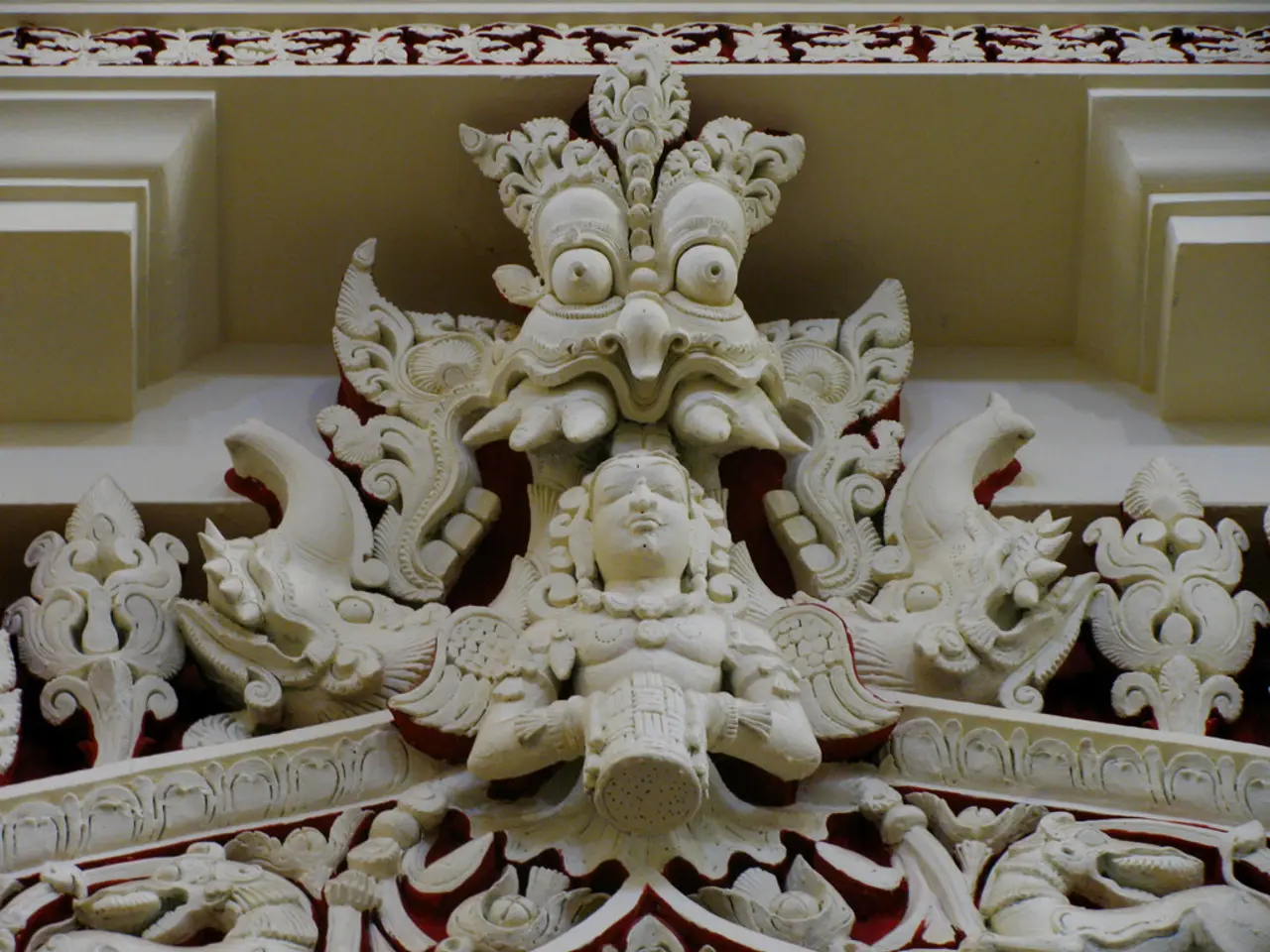Exploring the Heart of French Art Nouveau: Nancy's Art and Architecture Unveiled
Nestled in the heart of Lorraine, France, lies the city of Nancy, a hidden gem that boasts a rich artistic heritage. One of its most notable claims to fame is its significant role in the French Art Nouveau movement, making it a must-visit destination for art enthusiasts.
The journey begins at Place Stanislas, a grand square measuring 106 meters by 124 meters, named after Duke Stanislas who ruled Nancy for nearly 30 years in the 18th century. This square is not only a historical landmark but also the starting point for tours of Nancy's greatest treasures, including Art Nouveau and Art Deco period artworks and buildings.
One such treasure is the Brasserie Excelsior, which opened its doors in 1911. This establishment, a testament to the Art Nouveau style, features glass windows by Jacques Gruber, furniture by Louis Majorelle, and lamps from the Daum manufactory.
Speaking of Louis Majorelle, his unique total work of art, Villa Majorelle, is another must-see. Built as a residence for the furniture designer from 1901 onwards, the villa showcases decorated furniture, a curved staircase, and a richly decorated facade with water plant-themed rainwater pipes.
The Saurupt district, meanwhile, is home to numerous noble villas built between 1900 and 1930. These villas feature clear lines of Art Deco and intricate decorations, a testament to the changing artistic trends in the city. One such architect whose works can be found in this district is Émilie André, who designed the Villa Les Glycines.
The city's Art Nouveau movement was heavily influenced by the influx of intellectuals, industrialists, and wealthy citizens who moved to Nancy after the Franco-Prussian War. One of these local artists was Émile Gallé, who developed new techniques for glassblowing and founded the École de Nancy, a center for art, in 1901.
Nancy's Art Nouveau buildings are more concentrated than those in Paris, with many found in one area. One such example is the Crédit Lyonnais-Bank in Nancy, which features a 250 square meter glass roof created by glass painter Jacques Gruber in 1901, adorned with colorful floral patterns.
The city's love for Art Nouveau can still be seen in more modern establishments, such as the picturesque guesthouse "Myon" of Madame Martine Quénot, where some elements of Art Nouveau, like flower vases on glass tables and sideboards, are still evident.
For those planning a visit, Nancy City Pass offers free transportation within the Nancy public transport network and free access to museums and public attractions. And in 2025, the Museum of Fine Arts (Musée des Beaux-Arts) in Nancy will showcase the connection between Art Nouveau and Art Deco in the exhibition "Nancy 1925".
In conclusion, a visit to Nancy offers a unique opportunity to immerse oneself in the beauty and history of Art Nouveau. Whether you're a seasoned art enthusiast or a casual admirer, the city's Art Nouveau treasures are sure to leave a lasting impression. And with affordable accommodation options starting at 100 euros for double rooms in centrally located hotels, a trip to Nancy is within reach for many.
Read also:
- visionary women of WearCheck spearheading technological advancements and catalyzing transformations
- Recognition of Exceptional Patient Care: Top Staff Honored by Medical Center Board
- A continuous command instructing an entity to halts all actions, repeated numerous times.
- Oxidative Stress in Sperm Abnormalities: Impact of Reactive Oxygen Species (ROS) on Sperm Harm








